What's your favorite color? Maybe you like the calming effect of blue or the bright energy of red. Or maybe you find that yellow cheers you up on a gray day.
There are even schools of thought that say surrounding yourself with certain colors can affect your mood and well-being.
But there's a lot more to color than just what's printed on the crayon label — and actually, those names have a surprising amount of history of their own.
Color is something that constantly surrounds us, so it makes sense that it has a deep meaning to us, whether or not we realize it.
And it's also always been a huge business. From clothing dye to makeup to art supplies, people always want color!
And throughout history, they've gone to some pretty strange lengths to get it. Some pigments, like those from flowers and fruit, make sense, but others have downright bizarre, gross, and even deadly origins.
Read on to discover where your favorite colors came from, and the weird history behind each one!
Carbon Black
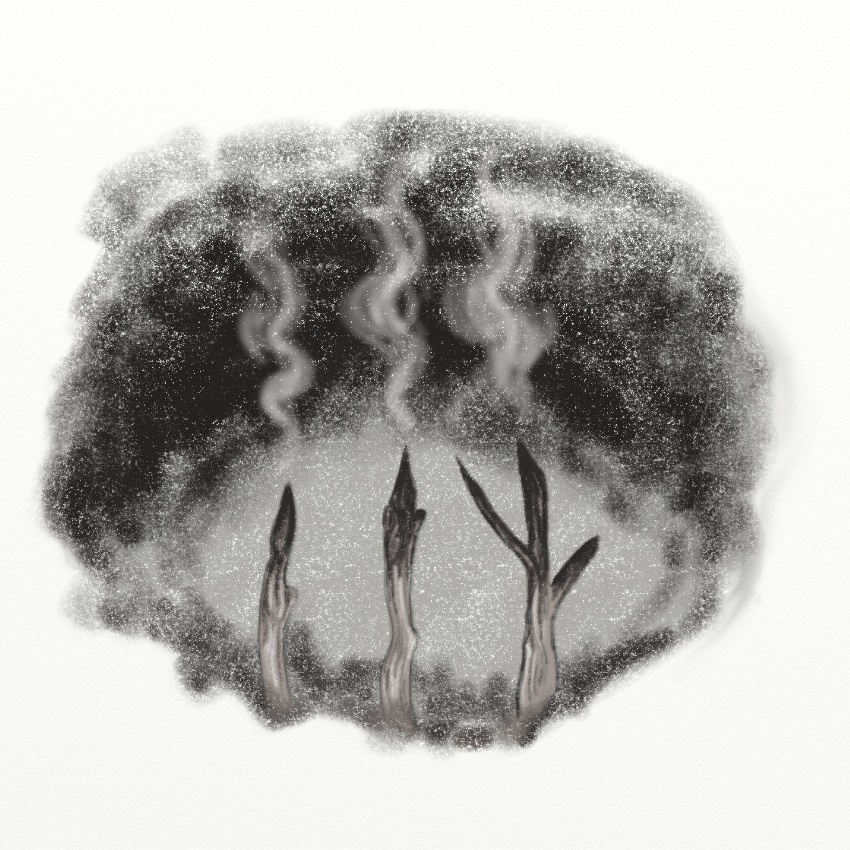
Carbon black, commonly known as charcoal, is one of the most ancient pigments ever used by humans to create art.
That's because it's made from burnt organic matter. So after you cook dinner over the fire, instant art supplies!
Sepia
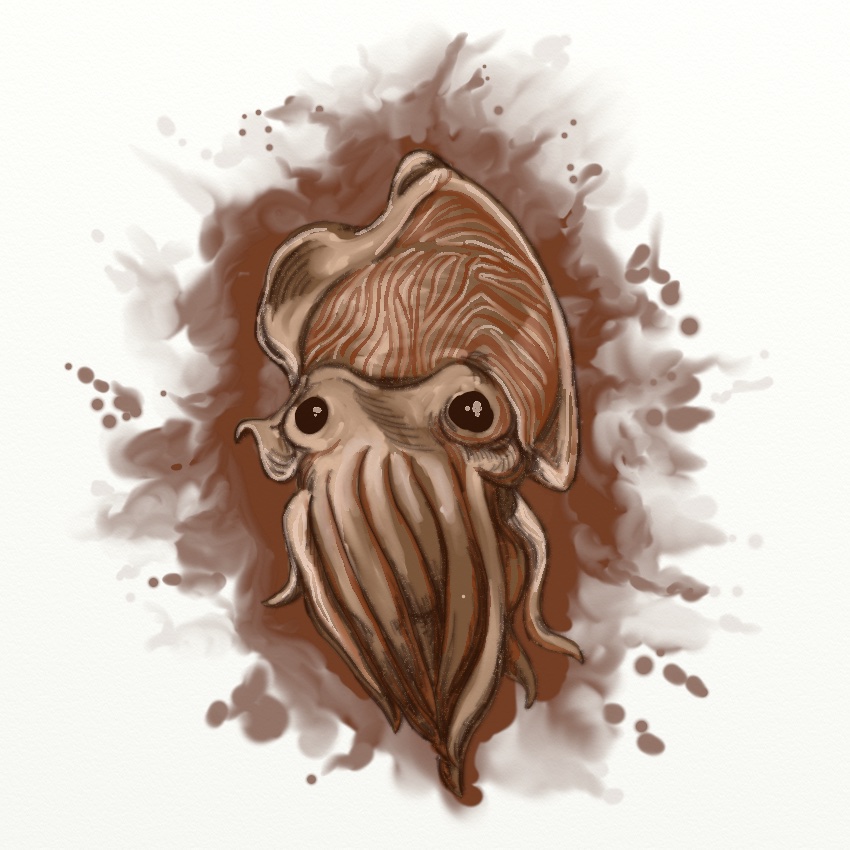
Sepia is a warm brown tone that you might know from old photographs.
But as a pigment, it was actually collected from the Sepia species of cuttlefish!
That's right, it's inksquirts.
Verdigris
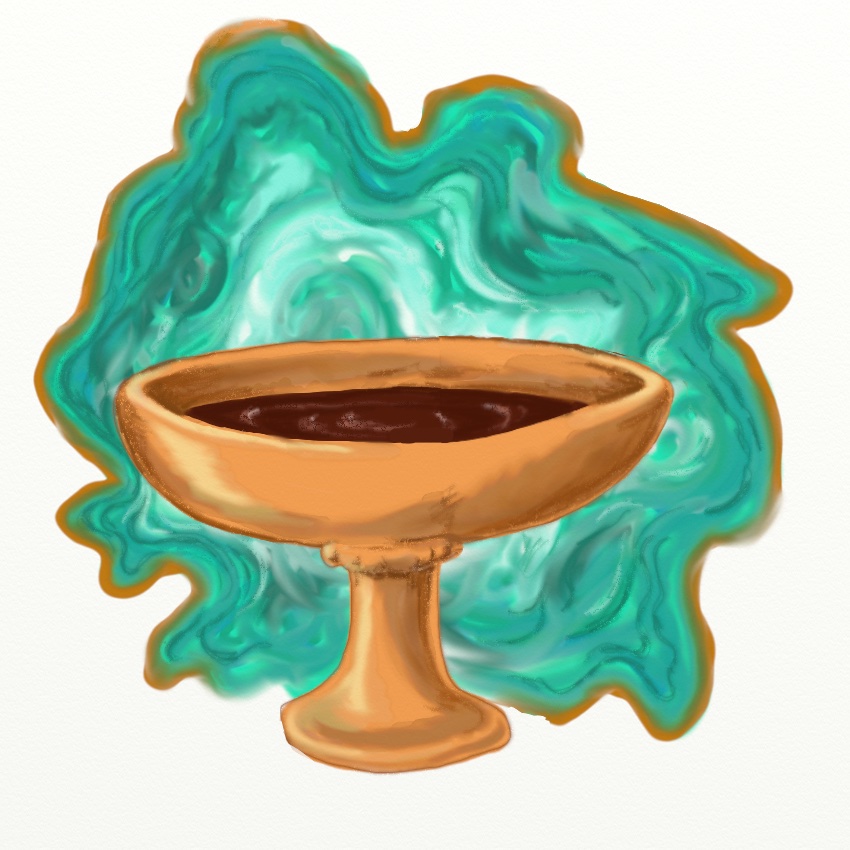
Verdigris is the fancy name for the green patina that copper gets when it's left out to the elements — think of the Statue of Liberty for a prime example.
The ancient Greeks figured out how to make it when they noticed how red wine reacted with copper dishes, and a lovely soft green pigment was born.
The name verdigris is an ancient word, and it literally means "green of Greece."
Tyrian Purple
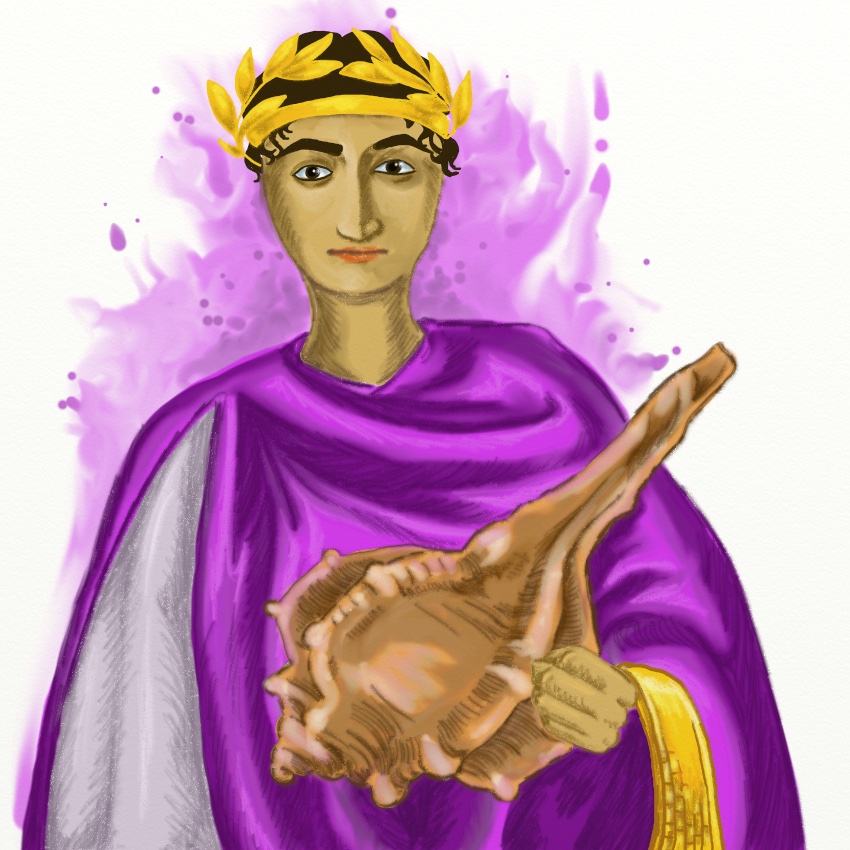
This rare, brilliant purple dye was so prized that, by law, only the Emperor and his family were allowed to wear it in Ancient Rome.
This is why purple is considered a "royal" color to this day.
But it has humble origins — it comes from a mucous secretion of a sea snail.
Carmine
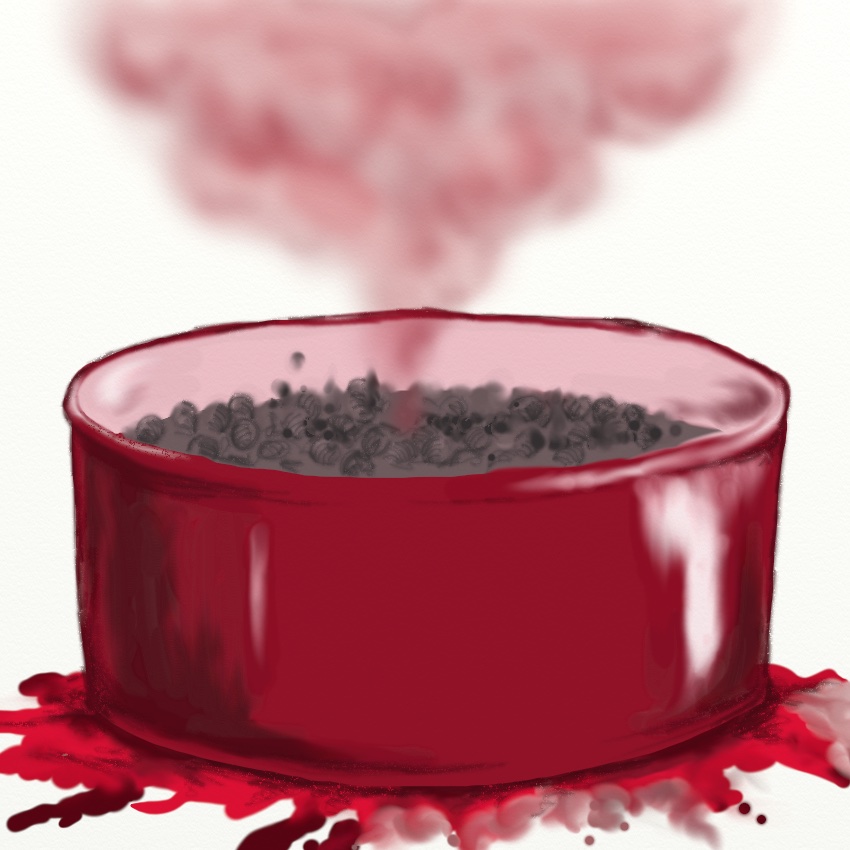
This deep red pigment is used extensively in makeup and in food, so you've probably put this both on and in your body.
Consider that when you learn that carmine, also known as crimson lake, is made by boiling beetles in ammonia.
The word carmine actually stems from carminic acid, which some insects produce to deter predators.
Indian Yellow
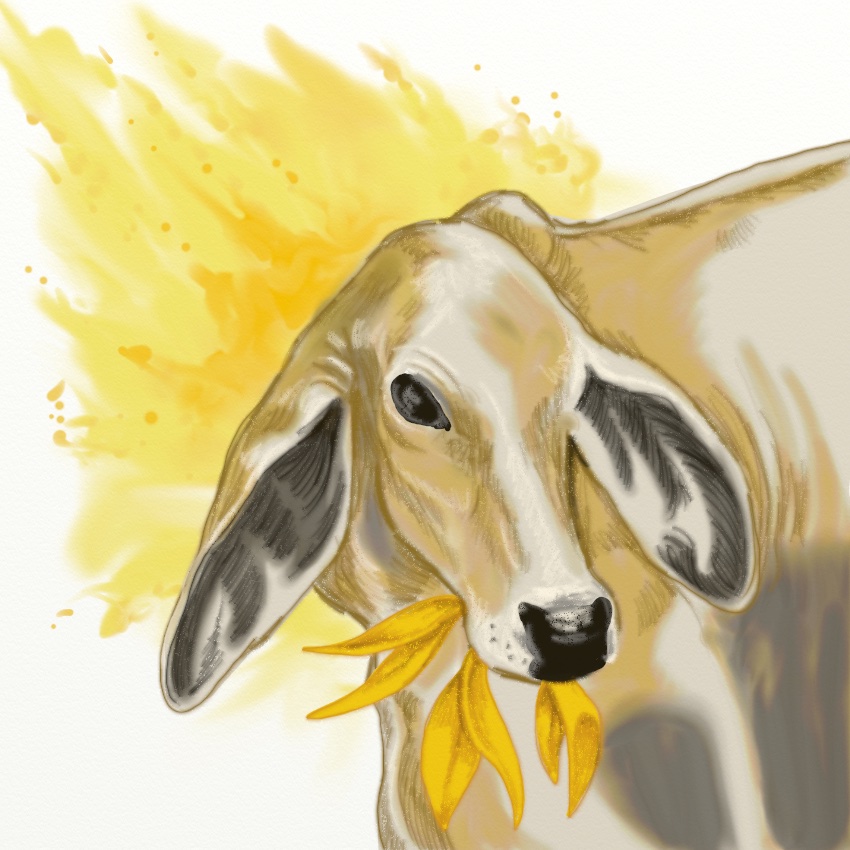
This bright, rich yellow was a favorite of painters for a long time, but has a rather sad (and gross) history.
It was created using the urine from cows that were only fed mango leaves and water.
This wasn't too healthy for the cows, and so luckily, the practice has been banned. All Indian yellow paints today are synthetic.
Ultramarine
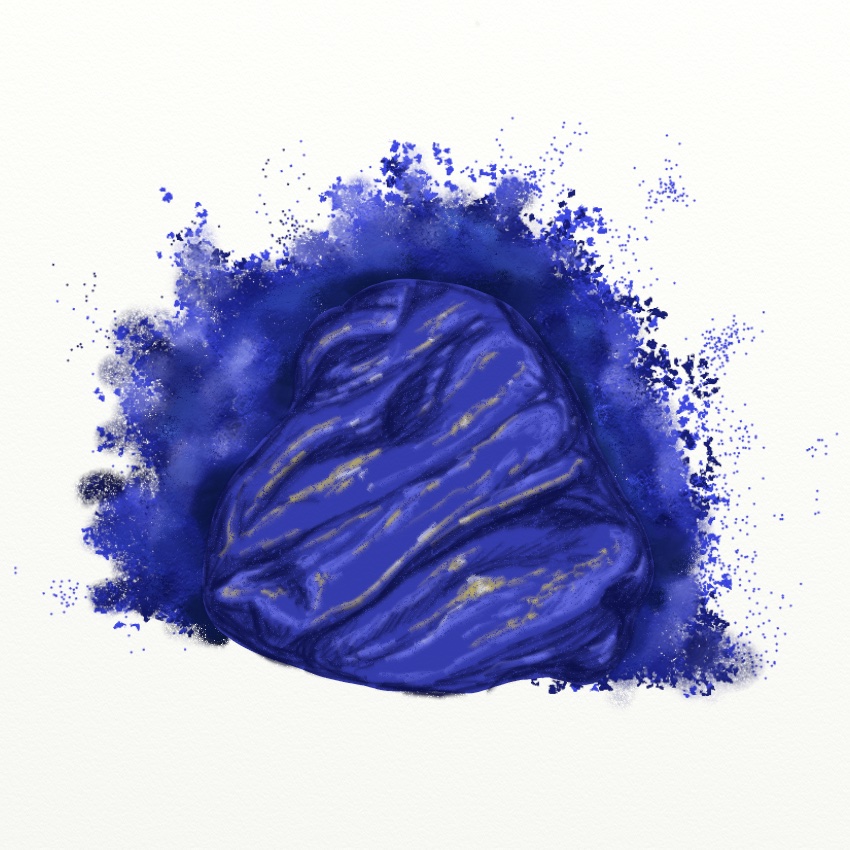
This deep, royal blue color was, for a long time, one of the priciest pigments out there.
Art patrons in the Renaissance would show off their wealth by commissioning paintings with copious amounts of ultramarine, usually seen in the robes of the Virgin Mary.
It's made from crushed lapis lazuli, a semiprecious stone.
The name comes from the Latin ultramarinus, which literally means "beyond the sea."
Magenta
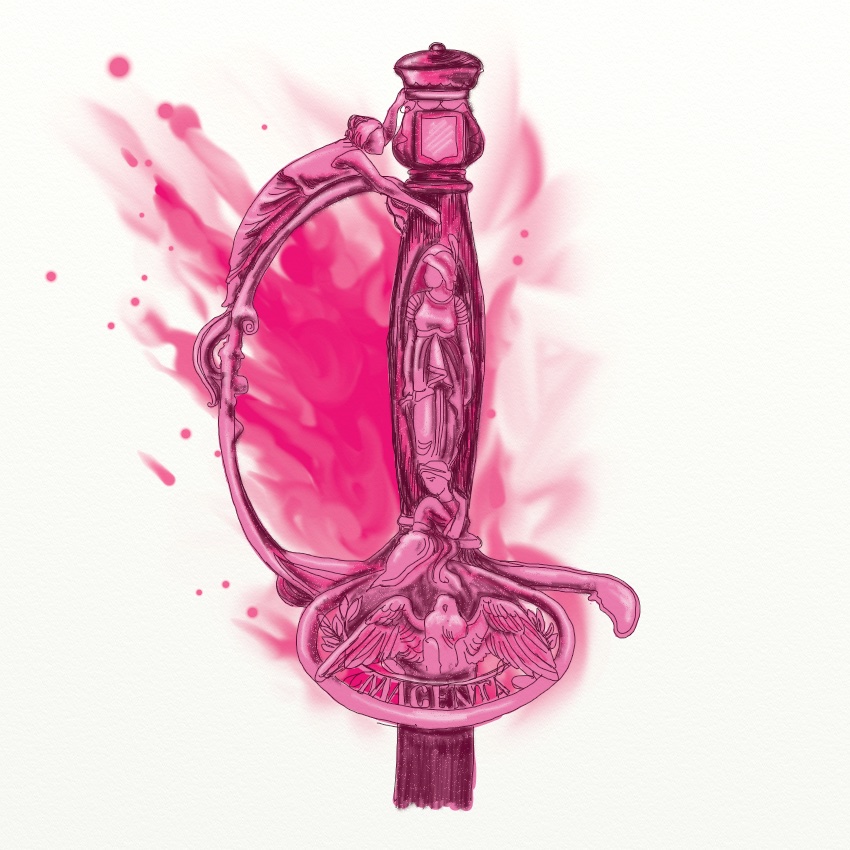
Magenta is an early synthetic color, developed in the 1860s by British chemists.
The name comes from Magenta, a village in Italy that saw a major battle in 1859. The Battle of Magenta was big news, and so was the new color.
Paris Green
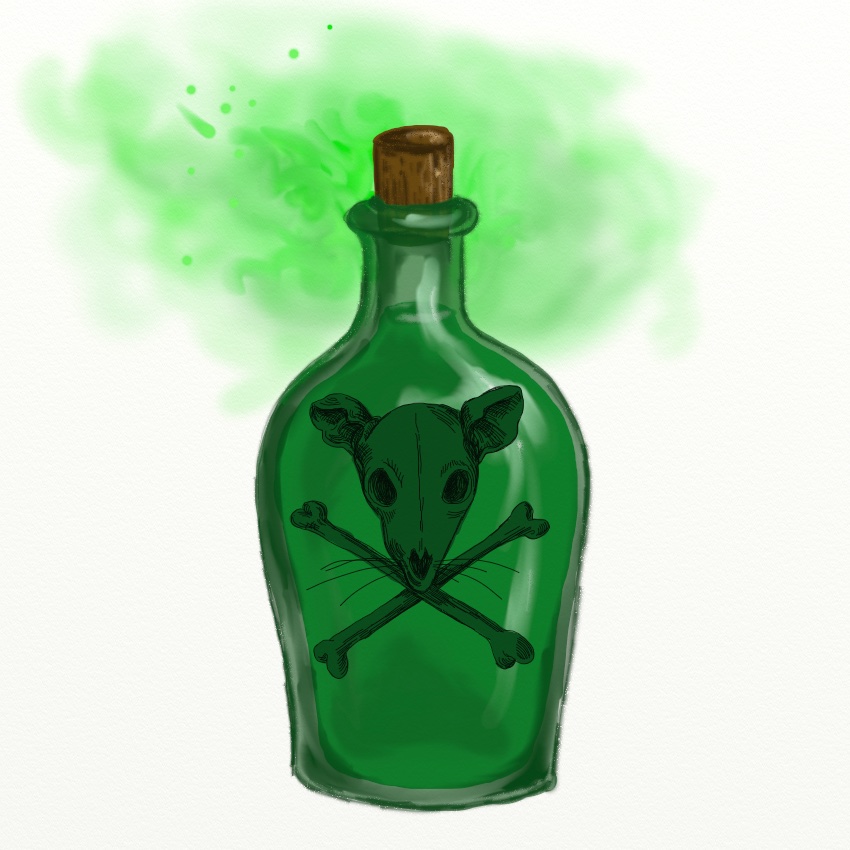
Paris green had a lovely emerald hue, and people loved it so much they were willing to overlook the fact that it contained highly toxic levels of arsenic.
Together with its slightly yellower cousin, Scheele's green, it was also used as insecticide and rat poison — a fact that has led some to believe it played a role in Napoleon's death.
Mummy Brown
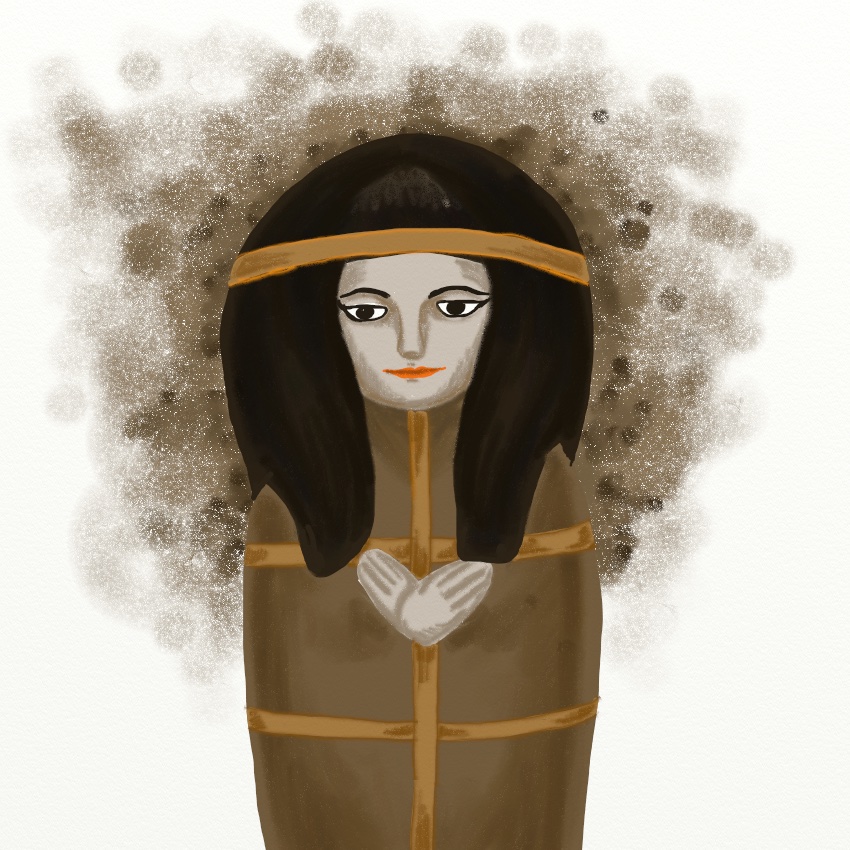
You'd think people would have a little respect for the dead, but that wasn't the case when it came to mummy brown.
This soft, translucent brown pigment was really made by grinding up ancient Egyptian mummies, both feline and human alike.
Artists loved it — until they learned how it was made. Then it stopped being so popular.
Now that you know the some of fascinating history of colors, you may never think about your favorite color quite the same way again!
Bet this colorful world suddenly seems a little more fascinating, doesn't it?
SHARE these weird color facts with your friends and see whose favorite is weirder!




